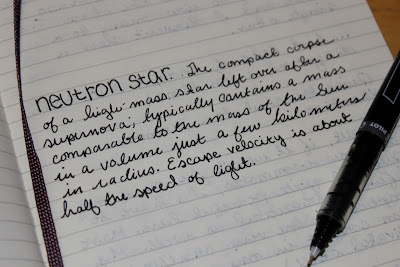I read somewhere that there is research going on about full moon and crime rates, so I decided to do some research. From what I found out, there is no direct correlation between crime rates, or the other common beliefs about increase in dog bites or birth rates.
One idea though that was presented was that the moon does have effects on the human body. The earth is composed of almost 75% water. Because of this, the side of water that faces the moon causes the ocean to swell, creating our tides. The human body is composed of almost 80% water, so some scientists believe that this phenomena of ocean swelling and the tides causes human beings to “swell” as well. This would cause an emotional impact on individuals. “yet there are a number of researchers of human behavior who have conducted studies that revealed astonishing results for full moon nights. In these studies, events like arson, manslaughter, rash driving and kleptomania were seen to increase on full moon nights by a considerable margin” (crime rates). Maybe this is where we get the term “Lunatic”…
This idea of the moon affecting the water in our bodies though seems far stretched. Scott Lilienfield and Hal Arkowitz from Scientific American explain that this idea is not plausible. They have come up with three reasons why this is not possible: 1) the gravitational effects of the moon are too small to have any effect on us, 2) the moons gravitational forces only affect open bodies of water, such as the ocean and 3) the gravitational affect of the moon is just as prominent during a new moon. So from these men, we can determine that these ideas of crime rates and lunatics coming out more during the full moon is all based on hopeful correlations. People are looking for ways to explain what happens here on earth.
If you are really interested in seeing more effects of the full moon, check out the top grossing werewolf movies - *courtesy of 411 mania.
1) Wolf - $65 million
2) Underworld: Evolution - $62 million
3) Underworld - $51 milliom
4) Teen Wolf - $33 milllion
5) An American Werewolf in London - $30 million
6) An American Werewolf in Paris - $26 million
7) Underworld: Rise of the Lycans - $20 million
8) Cursed - $19 million
9) The Howling - $18 million
10) Silver Bullet $12 million
1) Do Crime Rates Spike On Full Moon Nights?. (n.d.). Moon Eyes. Retrieved May 31, 2011, from http://www.moon-eyes.com/do-crime-rates-spike-on-full-moon-nights.html
2) 411mania.com: Music - [Movies] Top 10 Grossing Werewolf Movies of All-Time. (n.d.). 411mania.com. Retrieved May 31, 2011, from http://www.411mania.com/music/columns/95315
3) Lilienfeld, S. O., & Arkowitz, H. (2009, February 9). Lunacy and the Full Moon: Scientific American. Science News, Articles and Information | Scientific American. Retrieved May 31, 2011, from http://www.scientificamerican.com/article.cfm?id=lunacy-and-the-full-moon







